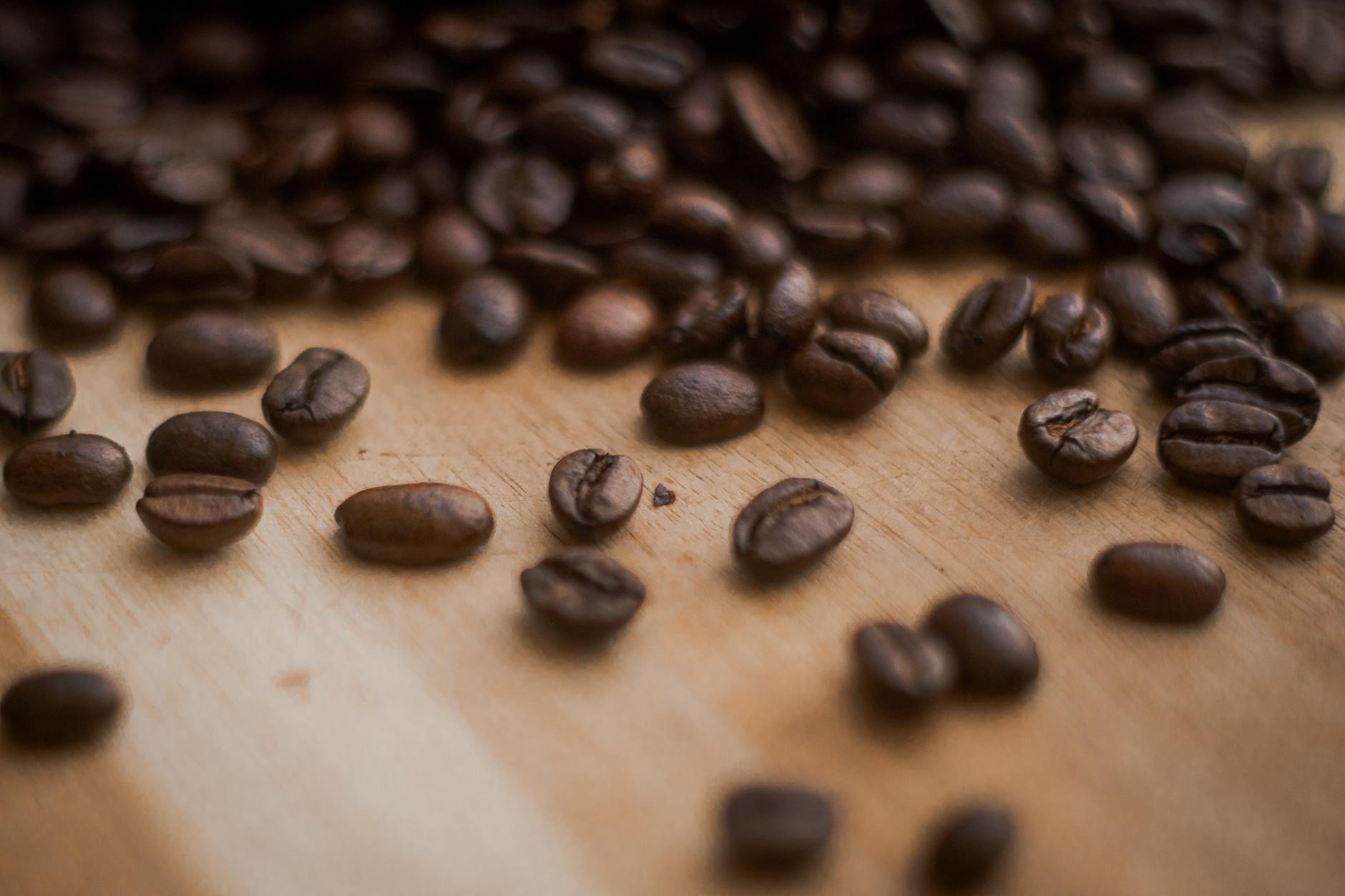Alright, metalheads and caffeine fiends. Let’s talk about something heavier than a double bass drum pedal: the brutal, beautiful chemistry of coffee. We’re not just throwing beans in hot water here; we’re talking about a complex dance of acids, oils, and reactions that define that perfect, skull-crushing cup.
Forget those corporate coffee commercials promising ‘smoothness’ and ‘balance.’ This ain’t about some lukewarm, beige beverage. This is about unleashing the raw power of the bean, understanding the science behind the savagery. Think of it like crafting the ultimate riff—you need the right notes, the right timing, the right… chemistry.
First off, let’s talk about extraction. It’s not just about soaking grounds in hot water. It’s a delicate balance. Too little, and you get weak, watery swill—the kind of thing that makes you wanna flip a table at Starbucks. Too much, and you end up with bitter, over-extracted sludge that’ll curdle your milk faster than a betrayed alliance in a power metal band.
The ideal extraction relies on understanding the complex chemical interactions within the coffee grounds. Different compounds dissolve at different rates, affecting the final flavor profile—your brew’s own unique sonic signature. Think about it like this: the low-end rumble is your body, the high-end shimmer is your cymbal crashes, and the mids are all the crunchy guitar riffs in between. A well-balanced brew is the complete package; it’s got all the punch and finesse to knock your tastebuds out.
The Acid Trip
Acids are your coffee’s secret weapons. They’re what give it that tartness, brightness, and that certain oomph that keeps you coming back for more. But it’s not just one acid; it’s a whole orchestra of them—citric acid, malic acid, acetic acid, and more—each contributing its own unique flavor note to the symphony in your cup. The interplay of these acids, along with the other compounds, is what creates the diverse range of flavor profiles from fruity to chocolatey to earthy. And let me tell you, a good, balanced acidity is the key to a killer coffee brew.
Think about it: you wouldn’t just use one guitar tone in a song, right? The same goes for acids in your coffee. Variety is the spice of life, and in this case, the spice of a really fucking good cup. Get the balance wrong, and you’ll end up with a coffee that sounds like a band with no groove, just noise.
Oil Slicks and Sensory Overload
Now, let’s get greasy. Coffee oils are another key player in this chemical opera. These oily compounds contribute to the coffee’s body, mouthfeel, and aroma, adding layers of complexity that’ll make your senses scream for mercy. Think of them as the greasy riffs, and the acid as the powerful drum lines—both are equally important for a truly memorable sound.
Different brewing methods affect oil extraction. A French press, for instance, tends to extract more oils than a drip coffee maker, leading to a richer, fuller body. And it’s crucial to note the role of water temperature. That’s right, water temp is an important parameter to nail—just like knowing the right temperature for your soldering iron when building a guitar pedal. This is why we at DMM always encourage experimenting. If you’re having a bad brew, you don’t need to trash everything. Try a few different brewing methods and see what works best. Speaking of brewing, if you’re looking for the ultimate vessel for your carefully crafted coffee concoction, you simply have to check out our gone squatching mug. You wouldn’t want to drink this killer brew out of something less than legendary, right?
Beyond the Brew: The Science of Flavor
Beyond the extraction process, the interplay of acids and oils with other chemical compounds creates a universe of flavor possibilities. The roasting process itself significantly influences the chemical composition of the bean and thus the brew, leading to variations in taste and aroma. It’s a complex process with subtle variations that are influenced by the origin of the beans, the processing method, and even the roasting profile. This study delves deeper into the science behind different roasts and their impact on flavor compounds.
Understanding these chemical interactions allows you to fine-tune your brewing process, optimizing your cup for your specific palate. Are you a fan of bright acidity? Or do you prefer a richer, more full-bodied brew? By tweaking variables like grind size, water temperature, and brewing time, you can dial in the perfect chemical concoction to match your tastebuds’ preferences. It’s all about that sonic perfection—the chemical equivalent of hitting that perfect riff.
It’s like creating the ultimate death metal album—you need the right instruments (beans), the right techniques (brewing methods), and the right mix (grind size, water temp). The more you understand the alchemy, the better the final product will be.
So next time you’re brewing up a cup, remember it’s not just about caffeine—it’s about chemistry. It’s about understanding the raw power hidden within those beans, and unleashing it in a way that only you can. So crank up the volume, brew a killer cup, and raise your mug in a toast to the unexpected alchemy of coffee.
